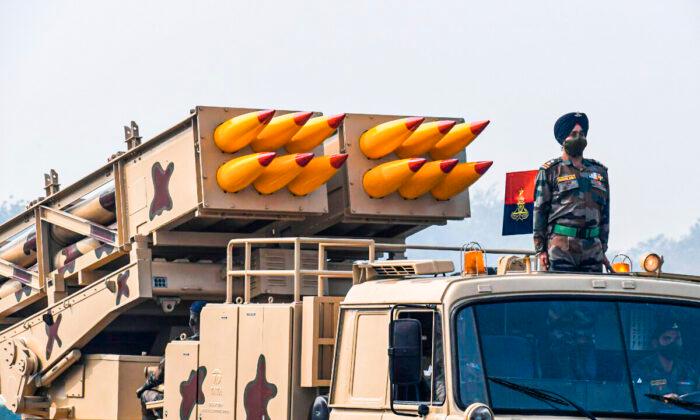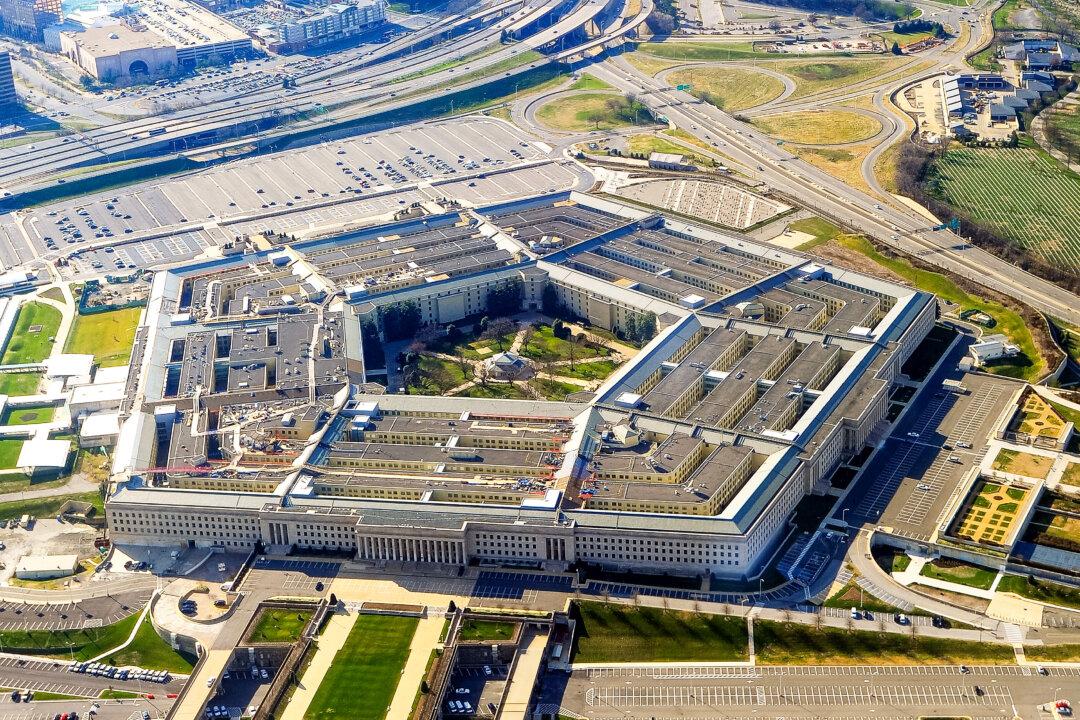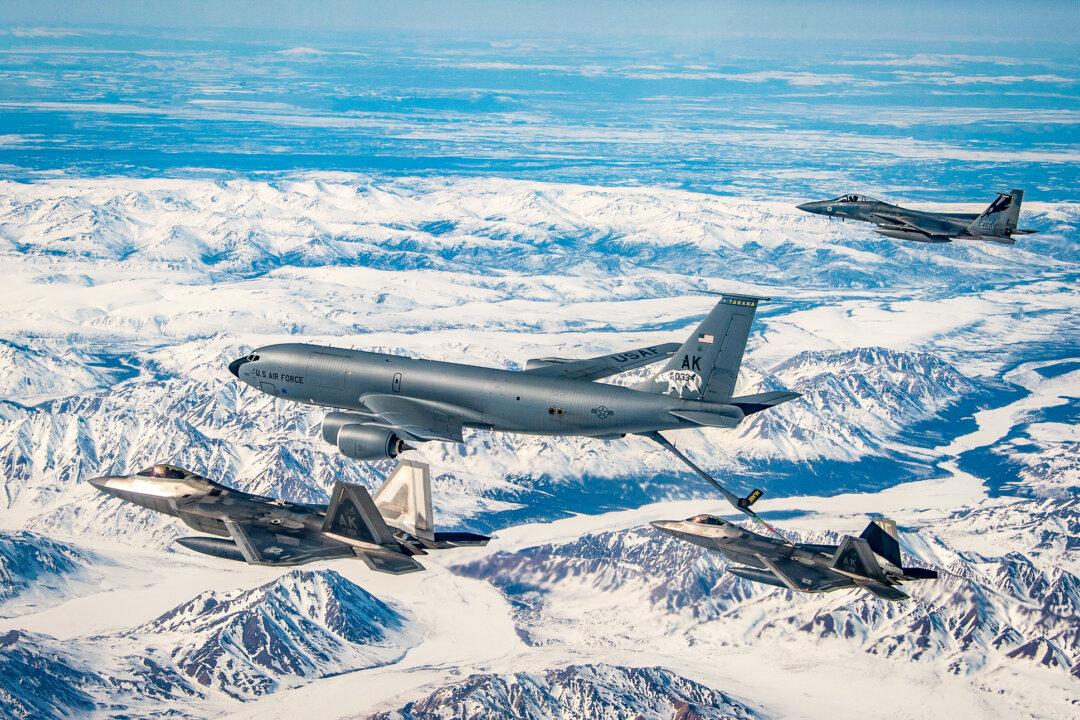Agni-5 Capabilities
Animesh Roul, executive director of the New Delhi-based Society for the Study of Peace and Conflict, said this was not the first time India test-fired an Agni-5 surface-to-surface ballistic missile. In 2012, 2013, and 2018, the Agni-5 was tested several times.“However, the Oct. 27 test at Odisha coast’s Abdul Kalam Island was the first trial of the missile by the Strategic Forces Command that deploys India’s nuclear arsenal,” he said.
This confirms that Agni-5 nuclear-capable missiles could be quickly deployed from strategic locations in India, Roul added.
With a launch weight of nearly 100 thousand pounds, this nuclear-capable missile can carry a warhead of up to 3,000 pounds. India’s Defence Research and Development Organisation (DRDO) reported that the Agni-5 missile has a maximum range of up to 3,600 miles.
Continued Crisis
Border disputes between India and China have existed for many decades, and these unresolved territorial disputes have resulted in a number of conflicts through the years.In response to the deadly face-off, he said, “both sides have beefed up force deployment with tens of thousands of soldiers [and] weaponry ever since.”
Not a Warning Shot
Some experts have described the Agni-5 missile launch as a warning shot from India to China.Roul disagreed, saying that it would not be sensible for any country to “display its missile muscle as a warning shot, or as part of any aggressive or defensive posturing.”
“India is very well aware of superior Chinese missile capabilities, and flexing [its own] muscles would be futile and counterproductive [to diplomatic and military talks],” he said.
Debata also said it is “not right to assume” that the successful test of Agni-5 missile from off the coast of Odisha was “a warning for any country or targeted at any particular country.”
Missile testing is not uncommon in India. Prior to the Agni-5, Roul said four other missiles have been operationally deployed with different ranges and payload capabilities. India could simply be showing China “its ongoing development in ground-based conventional missile and nuclear forces,” he said.
Debata said, “Since the inaugural test of Agni category missiles in 1989, it has been a potent force of India’s defense system and its present launching could be described as a right step to further spruce up India’s defense capabilities.”
At a time when the Chinese regime is putting its nuclear capabilities on full display, Roul said “the test may help India build a domestic consensus and reassurance about its military capabilities and overall morale of the armed forces.”
The Agni-5 missile is “clearly part of India’s strategic deterrence vis-à-vis China,” he added.




